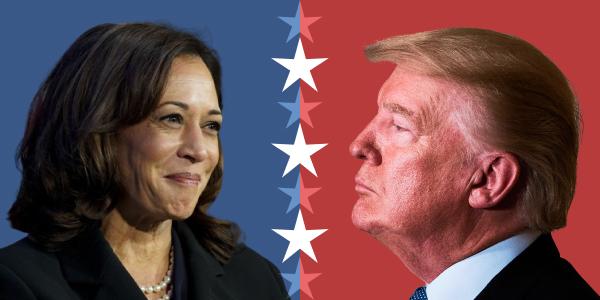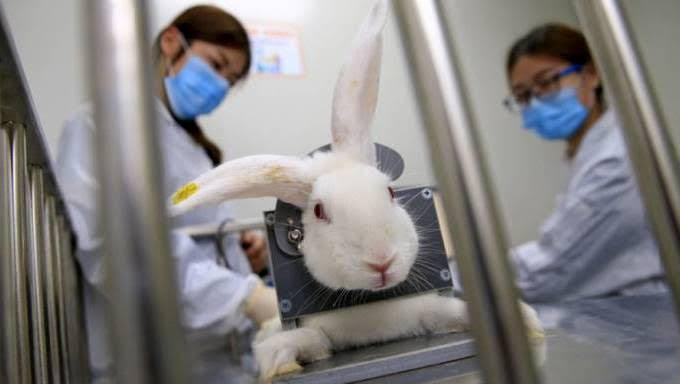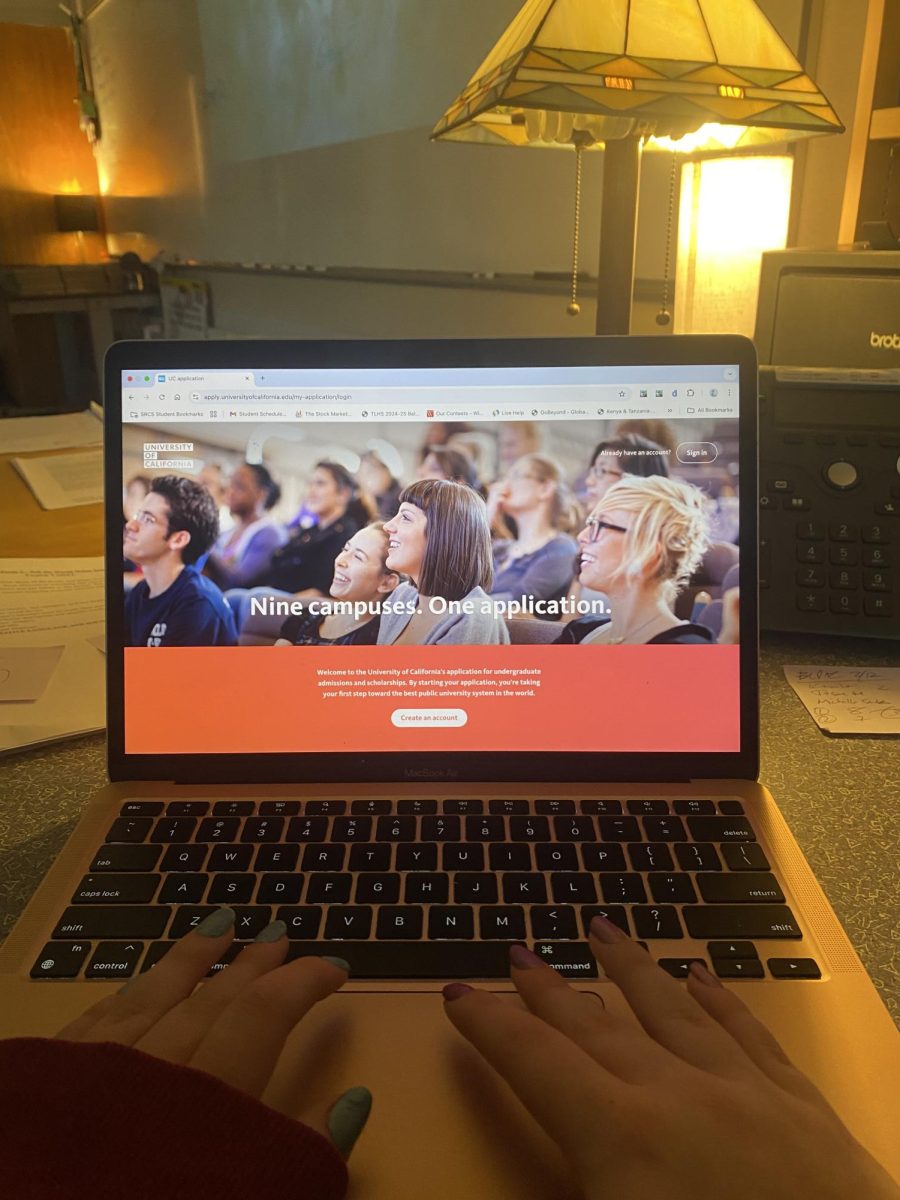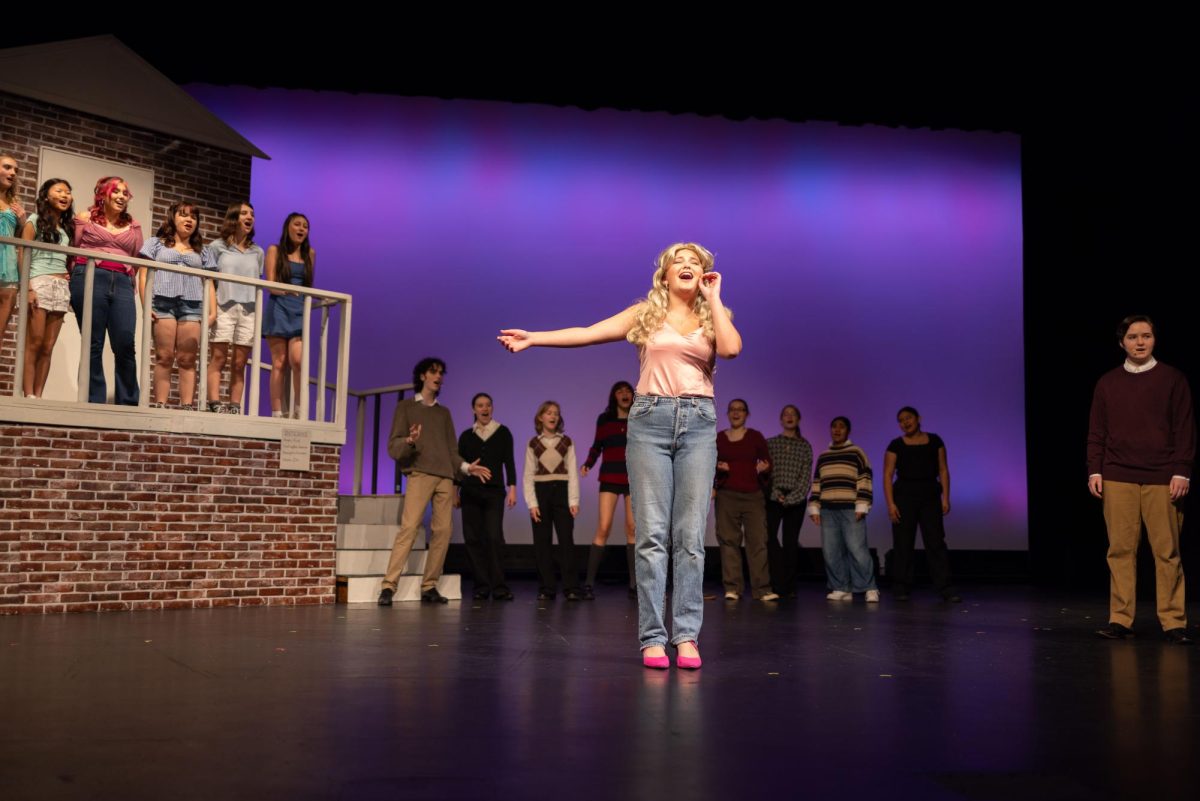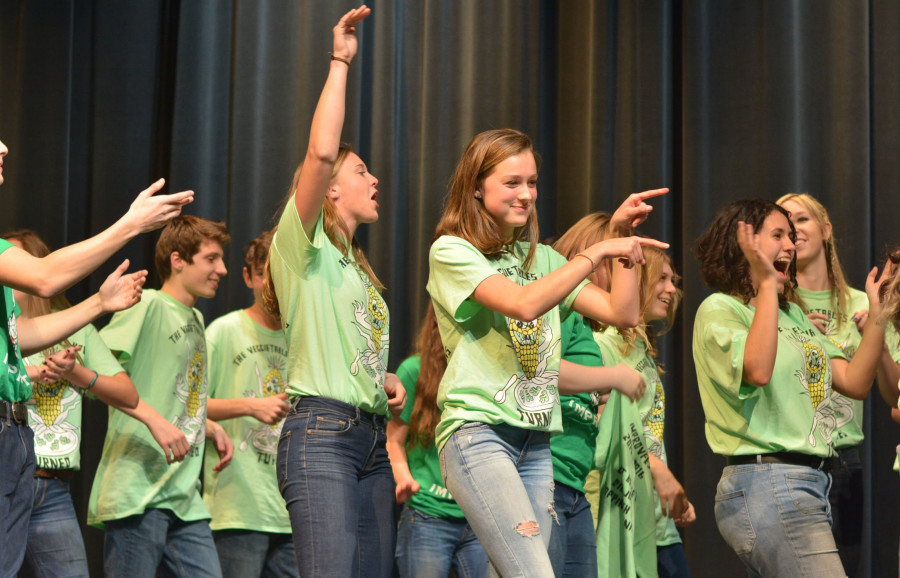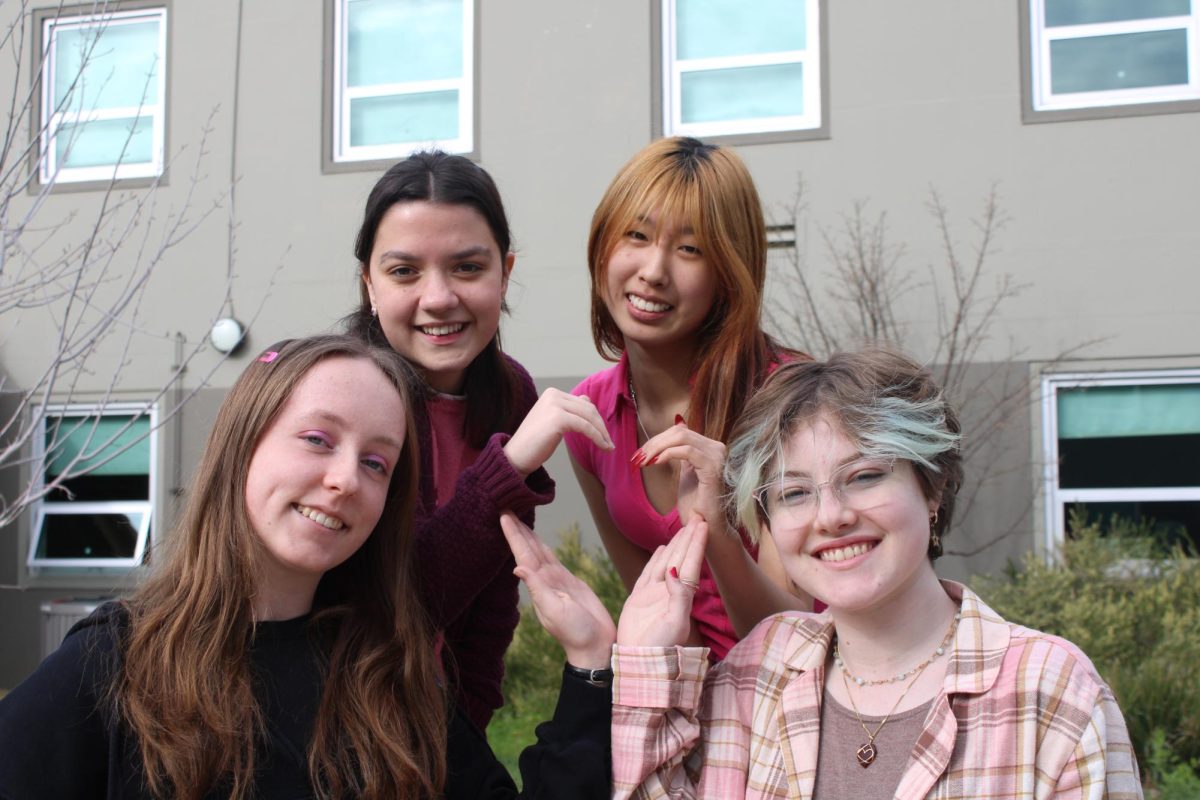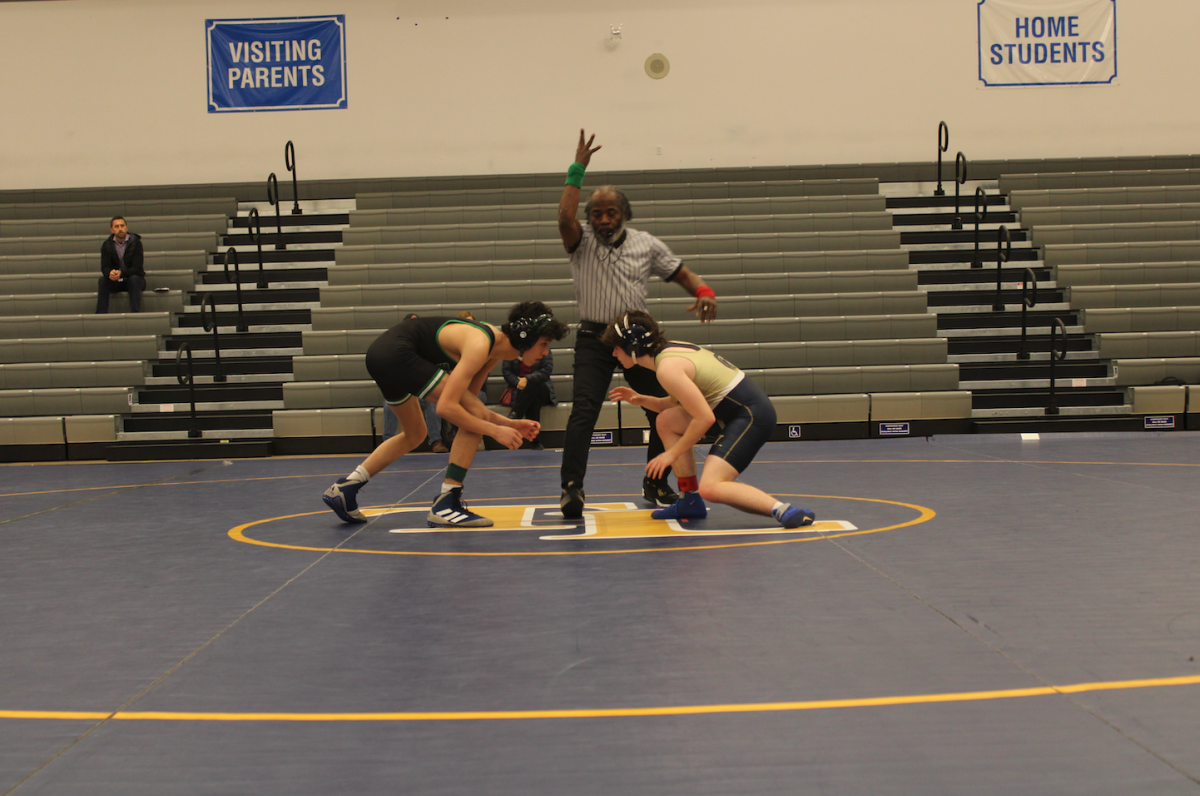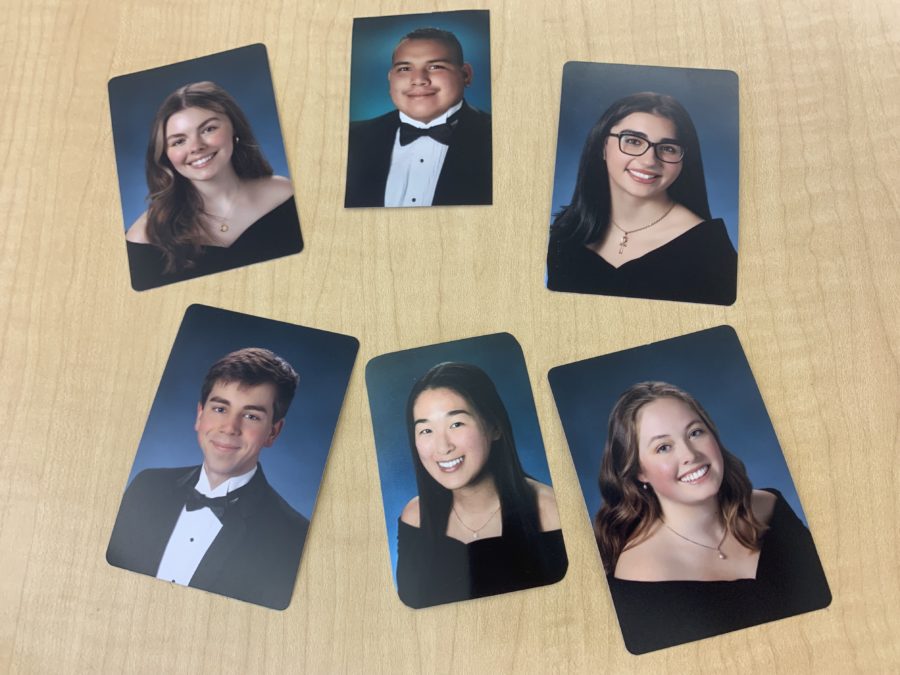Our Binary Portraits
June 10, 2021
“Hey bro, what does your senior portrait look like? I look dumb as all hell in mine but that’s not really different from any other picture of me,” I say as my friend walks in the door. “At least they had a suit that fit me, right?”
“It wasn’t really comfortable but there wasn’t much I could do with the options,” he says as I am handed his school ID.
“I thought you were more of a dress guy?” I say incredulously. “I really didn’t expect to see you wearing the suit.”
He dryly explains how neither option felt entirely comfortable, but the suit was slightly more so.
“I don’t get it,” I say. “I’ve seen you wear dresses, and you have very eloquently expressed your dislike of wearing suits.”
“I wish there weren’t only gender binary choices,” he says. “I don’t understand why there are only two choices.”
“Isn’t it obvious? The choices we have are so that all of the senior portraits can be uniform,” I say. “As accepting as the school is, letting us choose our own outfits for the portraits would be too chaotic. If all of the seniors wore their own clothes, the portraits wouldn’t look as professional.”
“If TL wants uniformity, why don’t they make us wear uniforms?” he asks.
“We took P.E. together,” I counter. “We had to wear uniforms for that.”
“The P.E. uniforms aren’t really a great example,” he says. “First of all, they’re uncomfortable, so it’s not something that people are incentivized to wear. Second of all, they’re supposed to be functional. If kids actually ran the mile, I’m sure they wouldn’t want to run it in tight pants.”
“What about the dress code?” I ask, shifting my stance about. “Students aren’t allowed to wear whatever they want; why should they be able to wear anything they want for their senior portraits? It’s not as if you haven’t been wearing suit-like clothes for the majority of your life, you should be fine with one more day of wearing a suit.”
“The dress code doesn’t even relate to senior portraits, but we’re here so why not,” he sighs dejectedly. “If senior portraits were open enough that students could wear their own clothes, it would be stipulated that students have to wear something fancy. The dress code is a whole other issue that, aside from endeavoring to remove offensive and hurtful rhetoric from the learning environment, values the learning experience of boys over girls by determining that girls have to change their appearance so that boys are not ‘distracted.’ And on top of that, I wanted to wear a dress because it’s who I am.”
I raise an eyebrow but don’t press the matter. “There are people who go to TL that might not feel confident about their own clothes. Are they expected to wear clothes that they feel don’t match with a senior portrait?”
“The gray area with this issue is something for administration to explore,” he says. “I cannot speak on a permanent solution, but there doesn’t need to be a complete overhaul of how senior portraits are taken. There is no reason why we can’t keep what we already have as a security net, if I may. People who want to wear their own clothes can, and people who don’t want to wear their own clothes can do what we did and choose between the suit and the wrap.”
Frowning, I attempt to reason with my friend for a final time. “What if administration wants to continue providing the attire for senior portraits?”
“If administration wants to provide the attire for senior portraits while also being consciously inclusive, then good on them. And before you bring up the cost of finding one or two or even three more options for people who don’t feel comfortable in the suit or the wrap, if TL can find the funds to tear down what feels like a third of the school and rebuild it, finding the funds for a couple pieces of clothing shouldn’t be that hard,” he says while disentangling tax forms from his pockets. “Here, look.”
I don’t feel invested enough in this discourse to peruse the school’s taxes. I give up.





